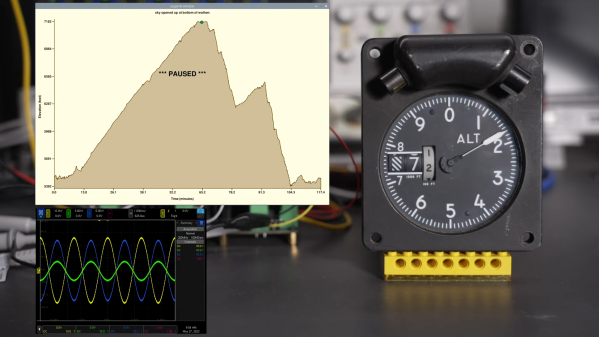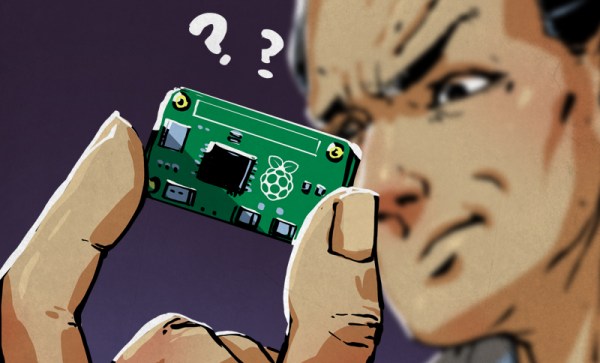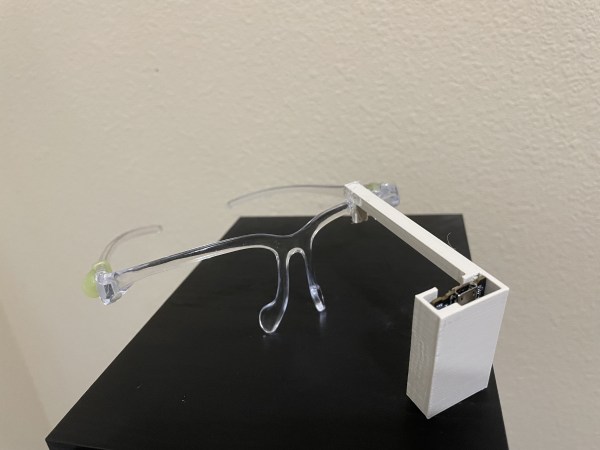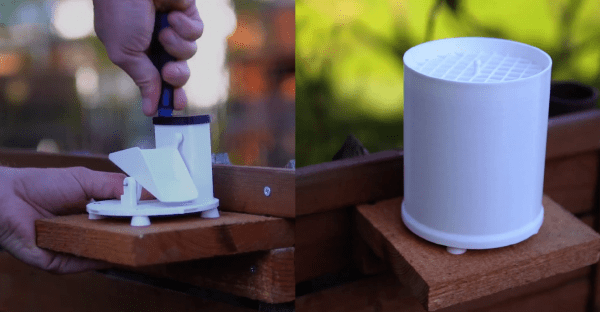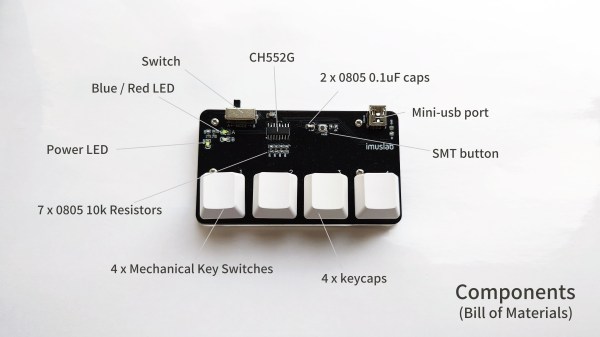[Jacob Beningo] over at Embedded.com recently posted his thoughts on how to do a low-power microcontroller design. On the surface, some of his advice seems a little counter-intuitive. Even he admits, “…I’m suggesting adding more cores! I must be crazy!” There are a few tips, but the part he’s talking about is that you can save power by using CPUs with multiple cores and optimizing for speed.
This seems strange since you think of additional cores and speed to consume more power. But the idea is that the faster you get your work done, the faster you can go to sleep. We’ve seen that in our own projects — faster work means more napping, and that’s good for power consumption.
Of course, it isn’t just that simple. Multiple cores don’t help you if you don’t use them. The overarching goal is to get done quickly so you can get back to sleep. You know, kind of like work. The other advice in the post is generally good, too. Measure your power consumption, respond to events, and — maybe slightly surprising — with modern CPUs, variations within the CPU family, according to [Jacob], isn’t very significant. Instead, he reports that the big changes are switching to the least-capable processor family.
Naturally, Hackaday readers are no strangers to low-power design. If you get your power consumption low enough, you can consider a low-tech battery or even a potato.



